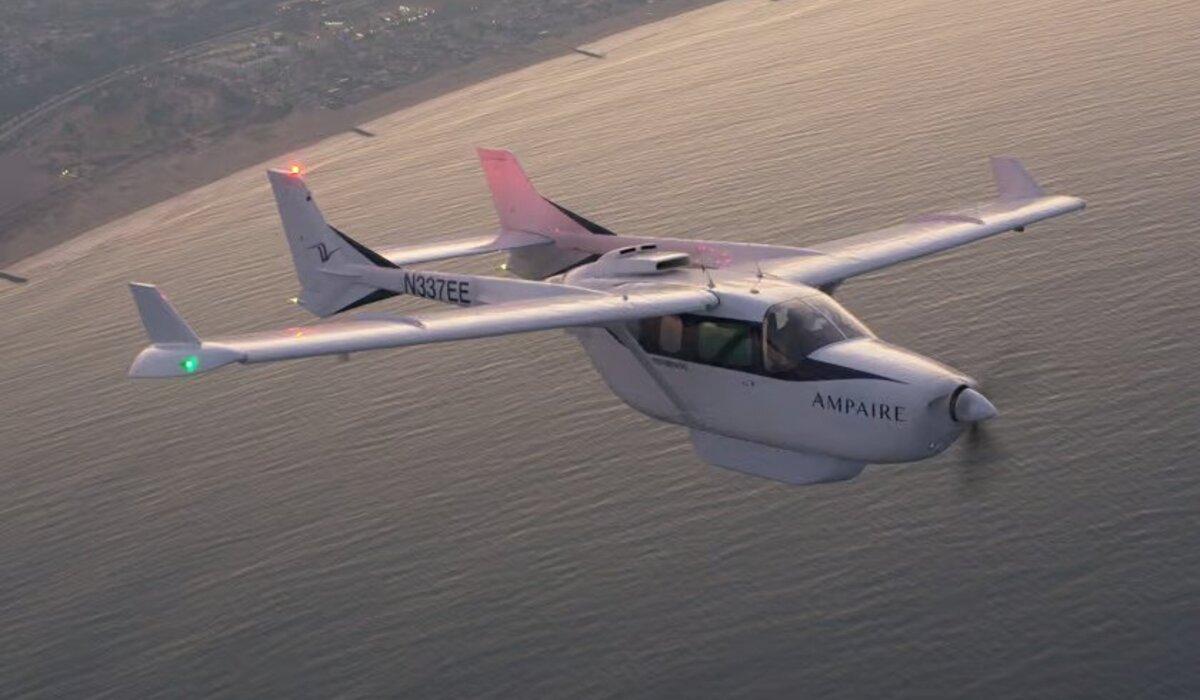California-based company Ampaire has achieved a world record for endurance with its Electric Eel hybrid aircraft, showcasing the potential of hybrid propulsion in aviation. The Electric Eel demonstrator, equipped with a first-gen hybrid powertrain, demonstrated a 50-70% reduction in fuel consumption during its recent 12-hour flight. Unlike hybrid cars, where energy recovery during stop/start traffic is significant, aircraft typically maintain constant engine speeds during cruise flight.
However, Ampaire’s hybrid system enables the use of a smaller, more efficient combustion engine. The electric assist is activated during takeoff, landing, or acceleration, providing a thrust boost. Additionally, a form of regenerative braking is employed with separate propellers for the electric and internal combustion engine (ICE) powertrains, recovering energy during deceleration.
The current Electric Eel operates with parallel, separate combustion and electric powertrains. The next-generation Electric Eel is planned to feature a parallel-series layout, allowing the hybrid engine system to power both the rear prop and the electric motor for the nose prop. This configuration enables regenerative air braking and the ability for the gasoline engine to charge the battery during flight. Unlike the current model, the upcoming version will offer increased flexibility to operate on fuel alone when charging is not available.
Despite being in its demonstration phase, the current Electric Eel has shown promising results, consuming significantly less fuel than a standard Cessna and reducing maintenance costs by an estimated 25-50%. The 12-hour flight, covering 1,375 miles over Camarillo airport in California, set a record for hybrid aircraft endurance.
The achievement surpasses the specifications of the standard Cessna Skymaster, highlighting the potential of hybrid propulsion as a transitional step in the aviation industry’s move towards decarbonization. As electric aircraft face challenges related to range and endurance, hybrids may play a crucial role in minimizing fuel burn and emissions during this transitional phase.
Ampaire’s success with the Electric Eel suggests that hybrid technology could offer a viable solution to address these challenges in the broader context of industry decarbonization.

